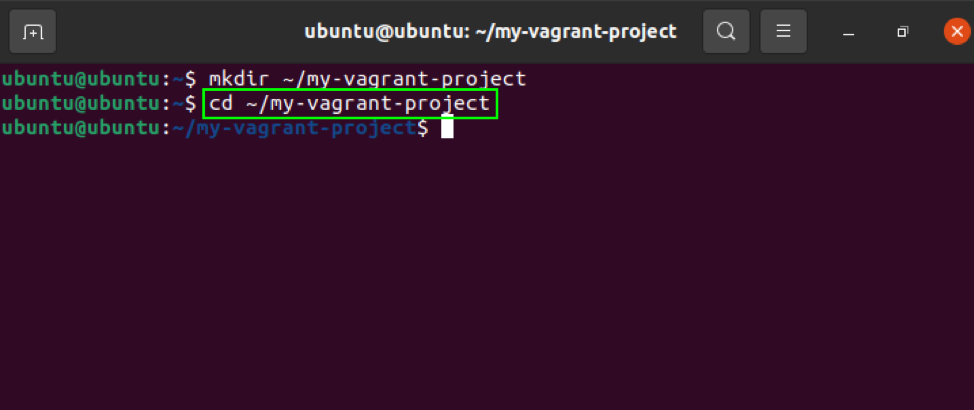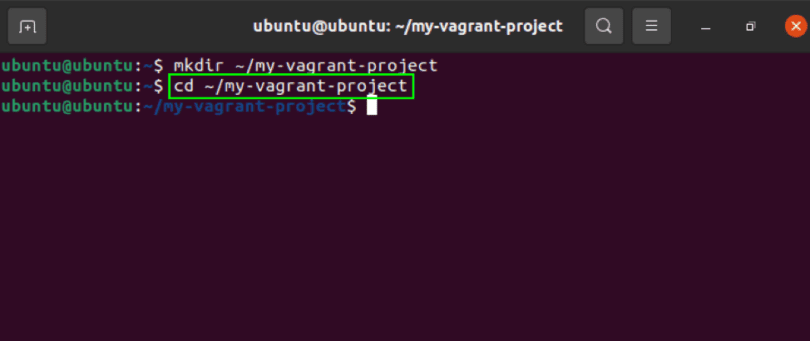


The output should look like this: Vagrant 2.0.2 Deploying Vagrant On Ubuntu 18.04Īfter installing Vagrant on your Ubuntu operating system, you need to create and deploy a development environment. Once vagrant is installed successfully on Ubuntu, you need to verify the installation by running the command below: $ vagrant -version To get the latest stable version for the Vagrant package, go to the Debian package that is found in Vagrant official download page and download it from there.
INSTALL VAGRANT UBUNTU INSTALL
The next step is to install the Vagrant package from the Ubuntu repositories by running the following command: $ sudo apt install vagrant So, to install the VirtualBox package run the command below: $ sudo apt install virtualbox 2. We need to point our virtual machines on VirtualBox. Prerequisitesīefore you start, ensure you’re logged in as a root user with sudo privileges. You can switch to any without rebooting your system. VirtualBox allows you to run multiple operating systems on a single system. You can choose to install two different operating system in a single virtual machine, but you need to restart your system every time you install the system. We are going to use VirtualBox provider, which is the Vagrant default provider What is VirtualBox? This tutorial will take you through the installation process of Vagrant on Ubuntu 18.04 LTS. It acts as a key configuration tool to assist in managing multiple virtual environments using the same configuration. Vagrant default setting uses VirtualBox to manage the virtualization. A test environment is required to analyze the latest release and new tools in the market. Vagrant is an open-source tool used to build and manage virtual machine environments.


 0 kommentar(er)
0 kommentar(er)
